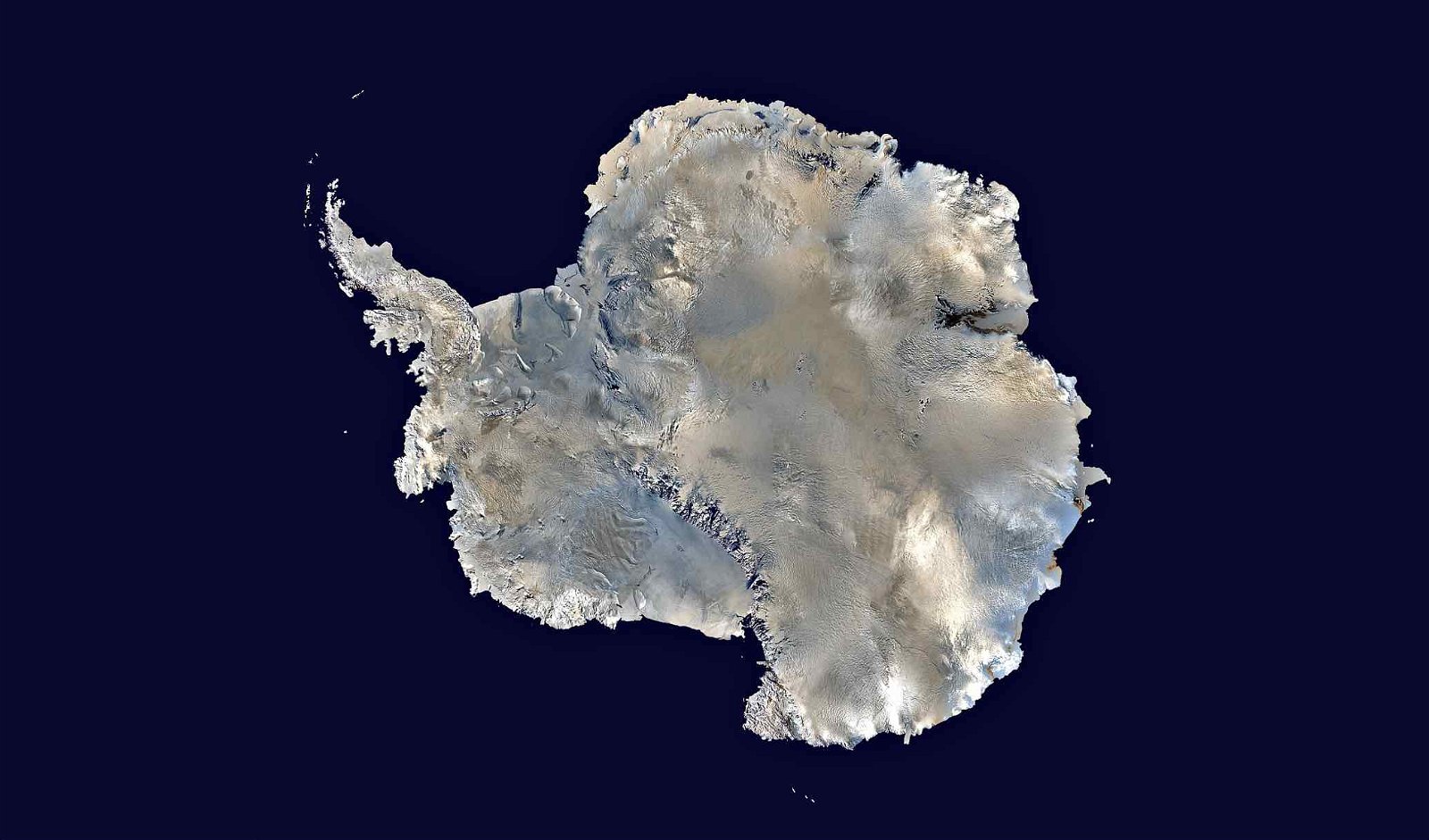A team of researchers says they have discovered a massive ancient landscape beneath Antarctic ice, where it has remained preserved for eons.
Formed close to 34 million years ago, the East Antarctic Ice Sheet (EAIS) has seen significant change over the course of the last several geological epochs, with its ancient ice retreating and advancing like the ebb and flow of ocean tides, resulting in variations in ice coverage that have altered the Antarctic landscape.
While scientists recognize that it is rare to discover landscapes that have been preserved well enough to offer a record of the way ice conditions appeared long ago, a team of scientists now reports the discovery of “an extensive relic pre-glacial landscape” which, despite remaining covered by ice for millions of years, remains remarkably well preserved.
The new findings, led by researchers at the universities of Durham and Newcastle, were published in the journal Nature Communications.
Technology Unveils an Ancient Mystery Beneath Antarctic Ice
Relying on satellite data combined with the use of radio-echo-sounding capabilities, the researchers, led by Durham University Professor Stewart Jamieson, were able to map a region spanning 32,000 square kilometers beneath the EAIS, allowing them to determine that the ancient landscape was formed by a pair of rivers long before ice accumulation began on Antarctica between 45.5 and 60 million years ago.
The landscape alteration by the flow of these ancient rivers likely occurred around 14 million years ago. However, the team acknowledges that it might have taken place even earlier and possibly even before the onset of ice accumulation that would form the EAIS.
Sometime after the glaciation of the continent began, the landscape became modified at the margin area where an ancient ice sheet became restricted. Despite changes that would continue for tens of millions of years thereafter, the land beneath the slow accumulation of ice remained remarkably unchanged.
The findings are the continuation of past research undertaken by several team members, which previously mapped several once-concealed mountain ranges, canyons, and ancient lakes beneath Antarctica’s ice.
“Preservation of the relic surfaces indicates an absence of significant warm-based ice throughout their history,” the researchers write in their paper, “suggesting any transitions between restricted and expanded ice were rapid.”
An Ancient Land Frozen in Time
Based on the team’s findings, the ancient landscape their research has revealed includes formations of ancient valleys and ridges, which they say is not unlike similar modifications to the landscape that have been observed around North Wales in the United Kingdom, which also resulted from the movement of ancient glaciers.
The newly discovered landscape is probably not the only one of its kind. According to the research team, they think it’s likely that future studies will reveal additional hidden features beneath Antarctica’s ice, including landscapes that have been similarly preserved beneath the EAIS.
Significantly, the team says that the new information their study has revealed helps to contextualize both the early formation and history of the EAIS, but also provides potentially crucial insights into how it could evolve in response to climate change in the years ahead.
The team’s study, “An ancient river landscape preserved beneath the East Antarctic Ice Sheet,” appeared in the journal Nature Communications on October 24, 2023, and can be read in its entirety online.
Micah Hanks is the Editor-in-Chief and Co-Founder of The Debrief. He can be reached by email at micah@thedebrief.org. Follow his work at micahhanks.com and on Twitter: @MicahHanks.

